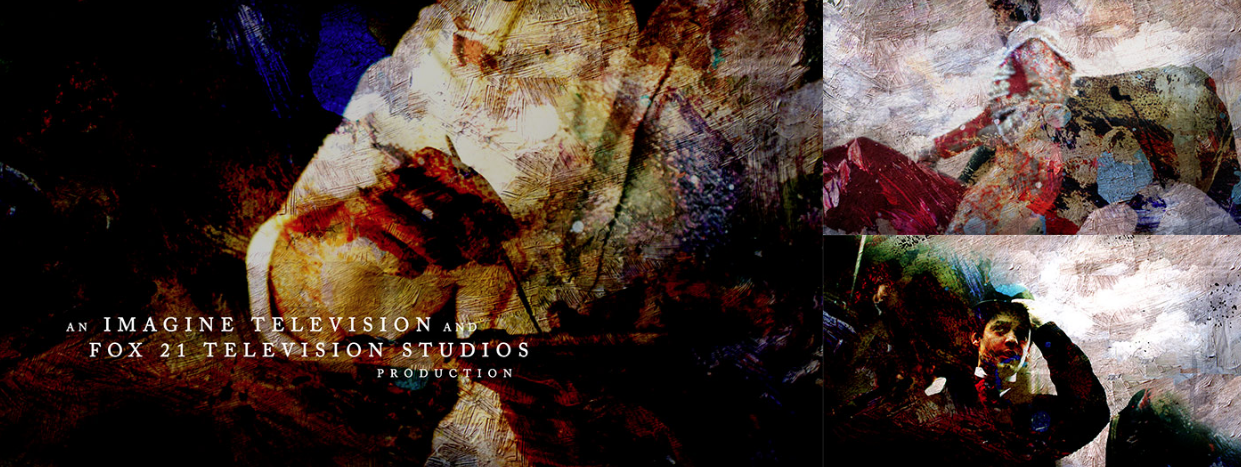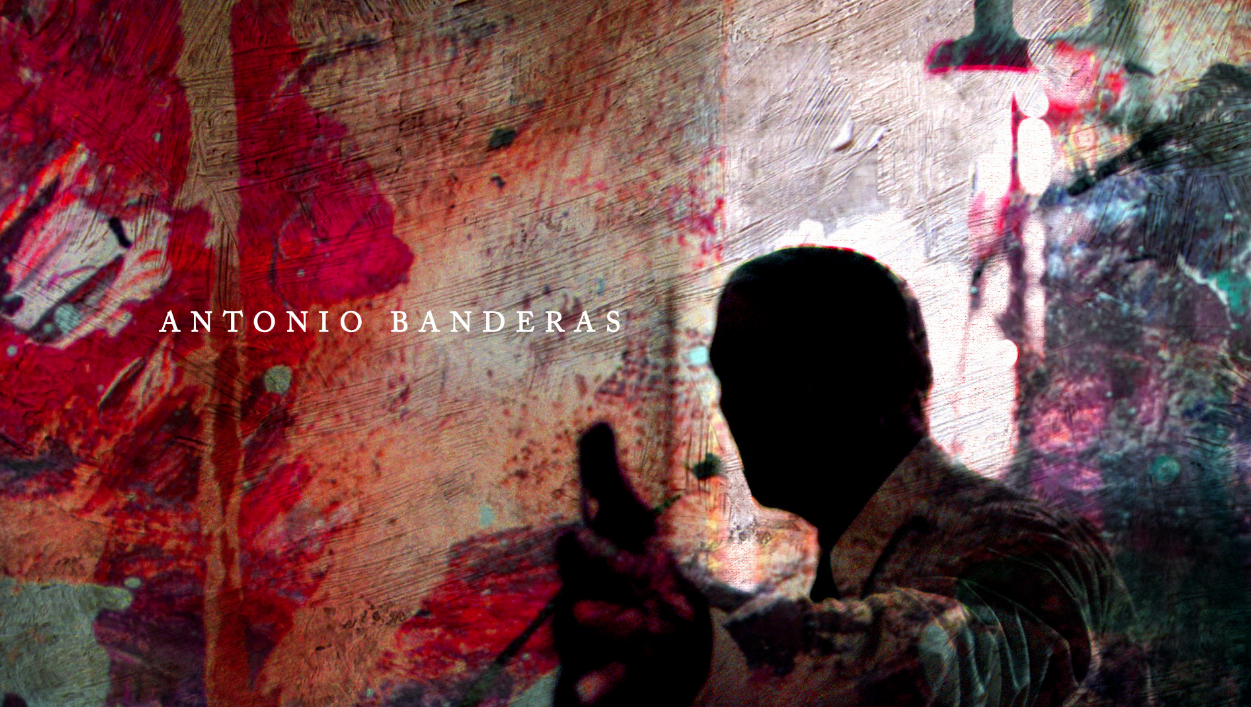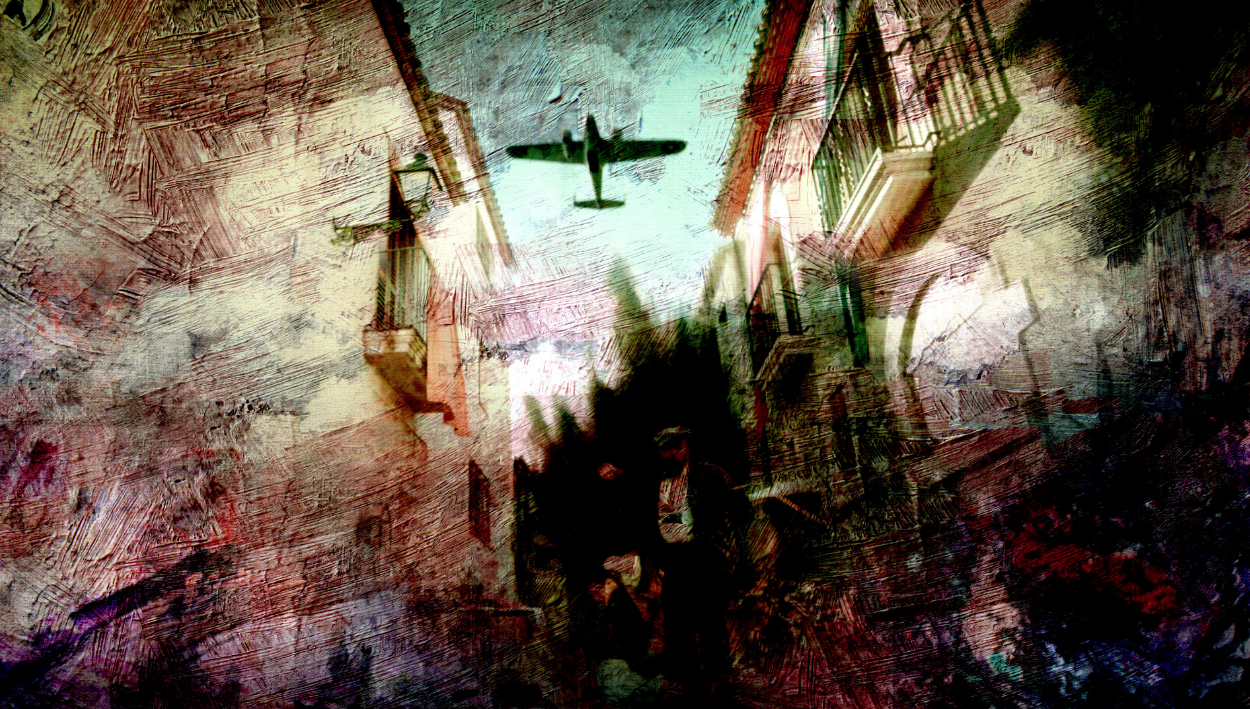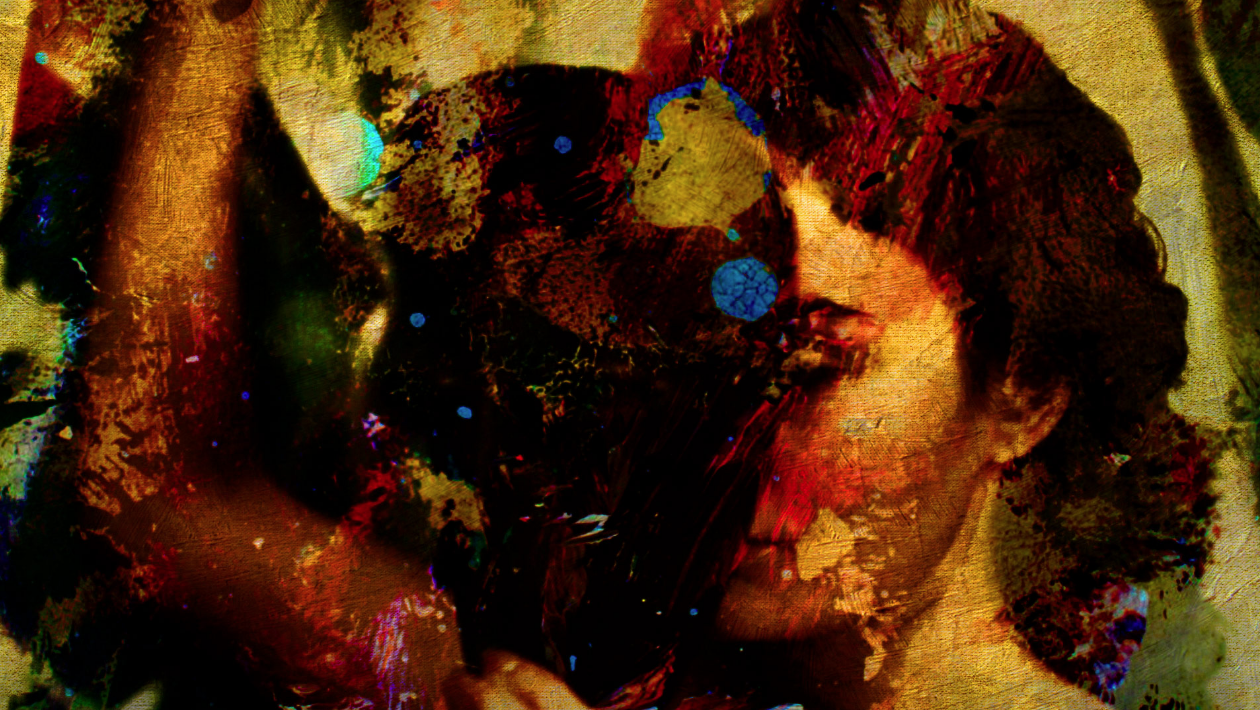SHINE Designs a Masterpiece for Nat Geo's "Genius: Picasso"
Genius: Picasso main title sequence for Imagine, Fox21 and NatGeo
LA-based SHINE designed, filmed, edited and animated the main title sequence for Genius: Picasso, a biopic event series about Pablo Picasso. Shine developed a concept that employed original photographed and filmed paint textures that make up images of Picasso’s life, relationships and work. Genius: Picasso stars Antonio Banderas in the titular role – as one of the 20th century’s most influential and celebrated artists, who interpreted the world in new and unorthodox ways, and reinvented our perception of creativity in the process. The second season of National Geographic’s 10-part, Emmy-nominated global event series, Genuis, explores how the Spanish-born artist’s passionate nature and relentless creative drive were inextricably linked to his personal life, which included tumultuous marriages, numerous affairs, and constantly shifting and personal alliances. Genius is executive produced by Ron Howard and Brian Grazer, and created by Ken Biller.
Genius: Picasso stars Antonio Banderas in the titular role – as one of the 20th century’s most influential and celebrated artists, who interpreted the world in new and unorthodox ways, and reinvented our perception of creativity in the process. The second season of National Geographic’s 10-part, Emmy-nominated global event series, Genuis, explores how the Spanish-born artist’s passionate nature and relentless creative drive were inextricably linked to his personal life, which included tumultuous marriages, numerous affairs, and constantly shifting and personal alliances. Genius is executive produced by Ron Howard and Brian Grazer, and created by Ken Biller. Pablo Picasso (October 25, 1881 to April 8, 1973) was a Spanish expatriate painter, sculptor, printmaker, ceramicist and stage designer considered one of the greatest and most influential artists of the 20th century and the co-creator, along with Georges Braque, of Cubism. Considered radical in his work, Picasso continues to garner reverence for his technical mastery, visionary creativity and profound empathy. Together, these qualities have distinguished the “disquieting” Spaniard with the “sombrepiercing” eyes as a revolutionary artist. For nearly 80 of his 91 years, Picasso devoted himself to an artistic production that he superstitiously believed would keep him alive, contributing significantly to — and paralleling the entire development of — modern art in the 20th century.
Pablo Picasso (October 25, 1881 to April 8, 1973) was a Spanish expatriate painter, sculptor, printmaker, ceramicist and stage designer considered one of the greatest and most influential artists of the 20th century and the co-creator, along with Georges Braque, of Cubism. Considered radical in his work, Picasso continues to garner reverence for his technical mastery, visionary creativity and profound empathy. Together, these qualities have distinguished the “disquieting” Spaniard with the “sombrepiercing” eyes as a revolutionary artist. For nearly 80 of his 91 years, Picasso devoted himself to an artistic production that he superstitiously believed would keep him alive, contributing significantly to — and paralleling the entire development of — modern art in the 20th century. Pablo Picasso remains renowned for endlessly reinventing himself, switching between styles so radically different that his life’s work seems to be the product of five or six great artists rather than just one. Of his penchant for style diversity, Picasso insisted that his varied work was not indicative of radical shifts throughout his career, but, rather, of his dedication to objectively evaluating for each piece the form and technique best suited to achieve his desired effect. “Whenever I wanted to say something, I said it the way I believed I should,” he explained. “Different themes inevitably require different methods of expression. This does not imply either evolution or progress; it is a matter of following the idea one wants to express and the way in which one wants to express it.”Art critics and historians typically break Pablo Picasso’s adult career into distinct periods, the first of which lasted from 1901 to 1904 and is called his “Blue Period,” after the color that dominated nearly all of his paintings over these years. At the turn of the 20th century, Picasso moved to Paris, France — the cultural center of European art — to open his own studio. Lonely and deeply depressed over the death of his close friend, Carlos Casagemas, he painted scenes of poverty, isolation and anguish, almost exclusively in shades of blue and green. Picasso’s most famous paintings from the Blue Period include “Blue Nude,” “La Vie” and “The Old Guitarist,” all three of which were completed in 1903.
Pablo Picasso remains renowned for endlessly reinventing himself, switching between styles so radically different that his life’s work seems to be the product of five or six great artists rather than just one. Of his penchant for style diversity, Picasso insisted that his varied work was not indicative of radical shifts throughout his career, but, rather, of his dedication to objectively evaluating for each piece the form and technique best suited to achieve his desired effect. “Whenever I wanted to say something, I said it the way I believed I should,” he explained. “Different themes inevitably require different methods of expression. This does not imply either evolution or progress; it is a matter of following the idea one wants to express and the way in which one wants to express it.”Art critics and historians typically break Pablo Picasso’s adult career into distinct periods, the first of which lasted from 1901 to 1904 and is called his “Blue Period,” after the color that dominated nearly all of his paintings over these years. At the turn of the 20th century, Picasso moved to Paris, France — the cultural center of European art — to open his own studio. Lonely and deeply depressed over the death of his close friend, Carlos Casagemas, he painted scenes of poverty, isolation and anguish, almost exclusively in shades of blue and green. Picasso’s most famous paintings from the Blue Period include “Blue Nude,” “La Vie” and “The Old Guitarist,” all three of which were completed in 1903.
 Art critics and historians typically break Pablo Picasso’s adult career into distinct periods, the first of which lasted from 1901 to 1904 and is called his “Blue Period,” after the color that dominated nearly all of his paintings over these years. At the turn of the 20th century, Picasso moved to Paris, France — the cultural center of European art — to open his own studio. Lonely and deeply depressed over the death of his close friend, Carlos Casagemas, he painted scenes of poverty, isolation and anguish, almost exclusively in shades of blue and green. Picasso’s most famous paintings from the Blue Period include “Blue Nude,” “La Vie” and “The Old Guitarist,” all three of which were completed in 1903. In 1899, Picasso moved back to Barcelona and fell in with a crowd of artists and intellectuals who made their headquarters at a café called El Quatre Gats (“The Four Cats”). Inspired by the anarchists and radicals he met there, Picasso made his decisive break from the classical methods in which he had been trained, and began what would become a lifelong process of experimentation and innovation.
Art critics and historians typically break Pablo Picasso’s adult career into distinct periods, the first of which lasted from 1901 to 1904 and is called his “Blue Period,” after the color that dominated nearly all of his paintings over these years. At the turn of the 20th century, Picasso moved to Paris, France — the cultural center of European art — to open his own studio. Lonely and deeply depressed over the death of his close friend, Carlos Casagemas, he painted scenes of poverty, isolation and anguish, almost exclusively in shades of blue and green. Picasso’s most famous paintings from the Blue Period include “Blue Nude,” “La Vie” and “The Old Guitarist,” all three of which were completed in 1903. In 1899, Picasso moved back to Barcelona and fell in with a crowd of artists and intellectuals who made their headquarters at a café called El Quatre Gats (“The Four Cats”). Inspired by the anarchists and radicals he met there, Picasso made his decisive break from the classical methods in which he had been trained, and began what would become a lifelong process of experimentation and innovation.

